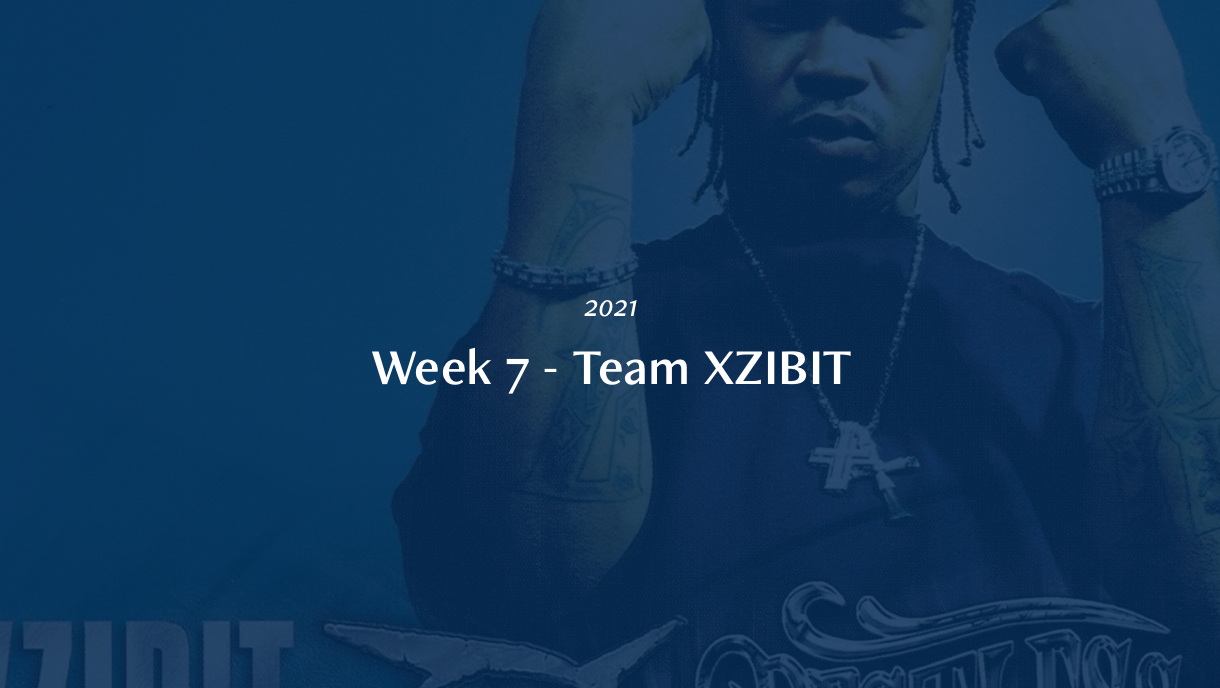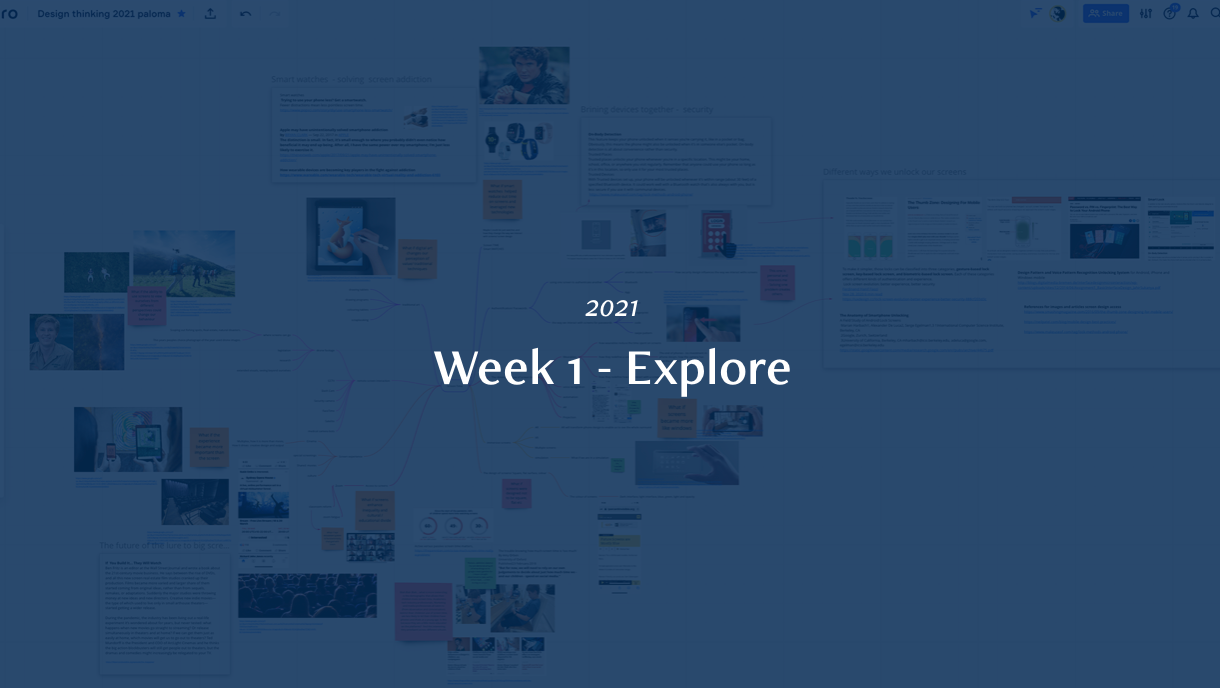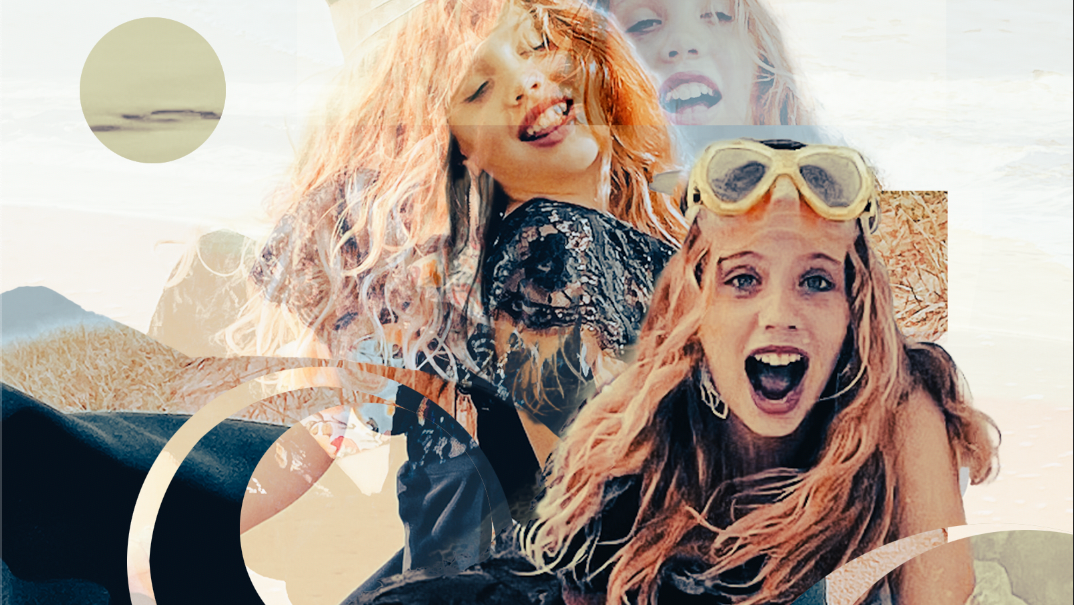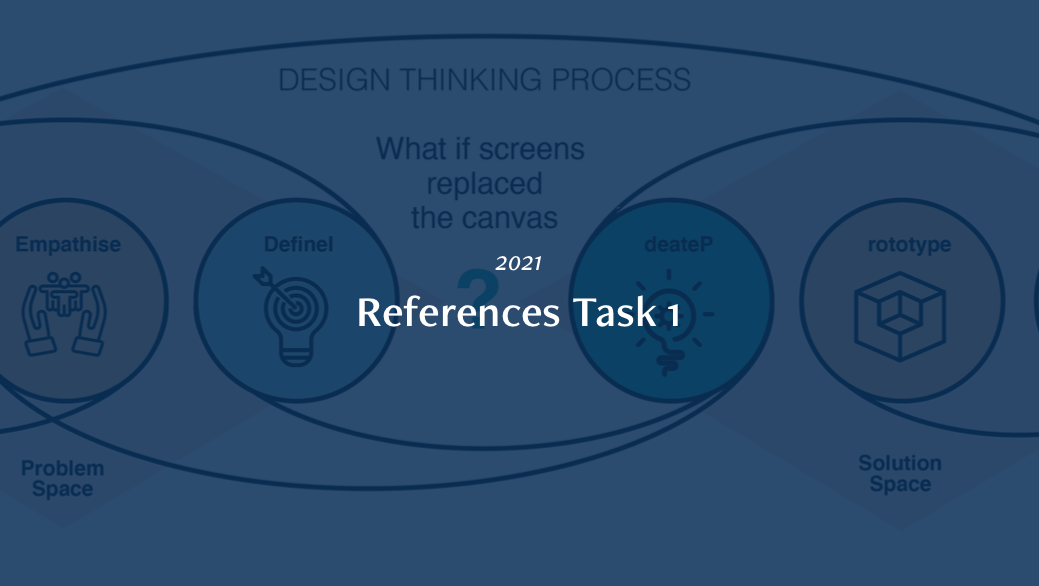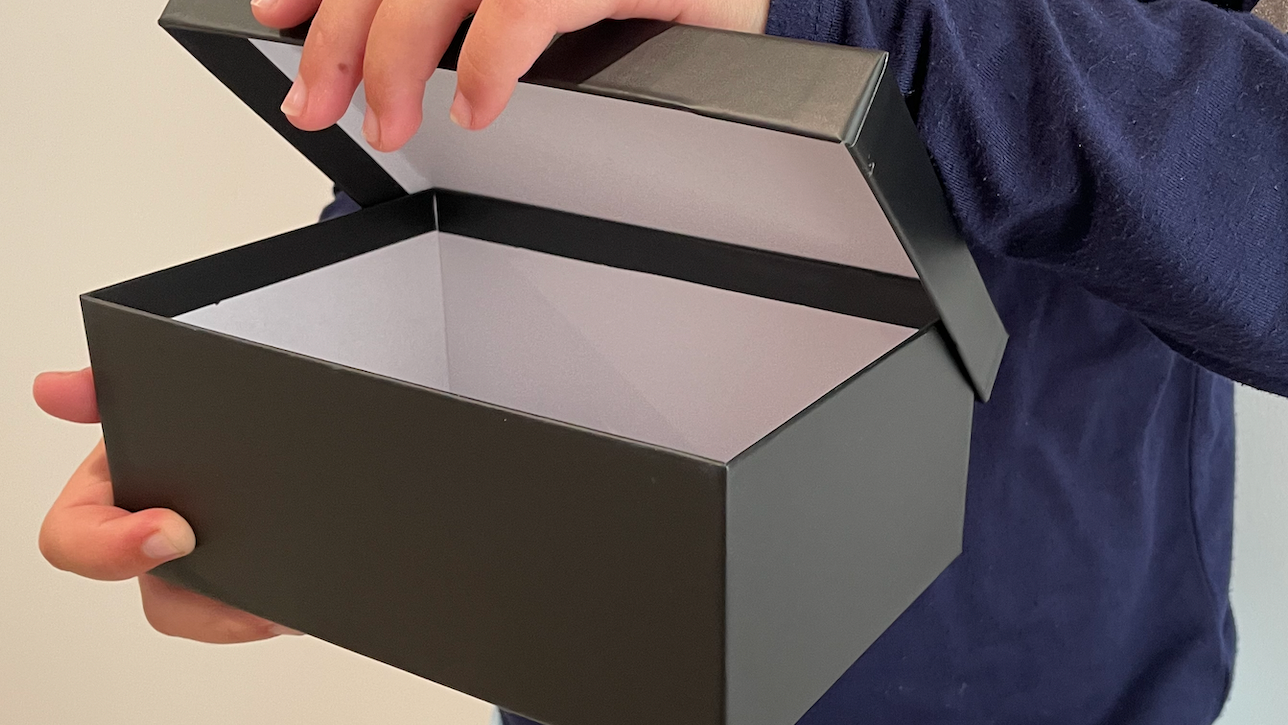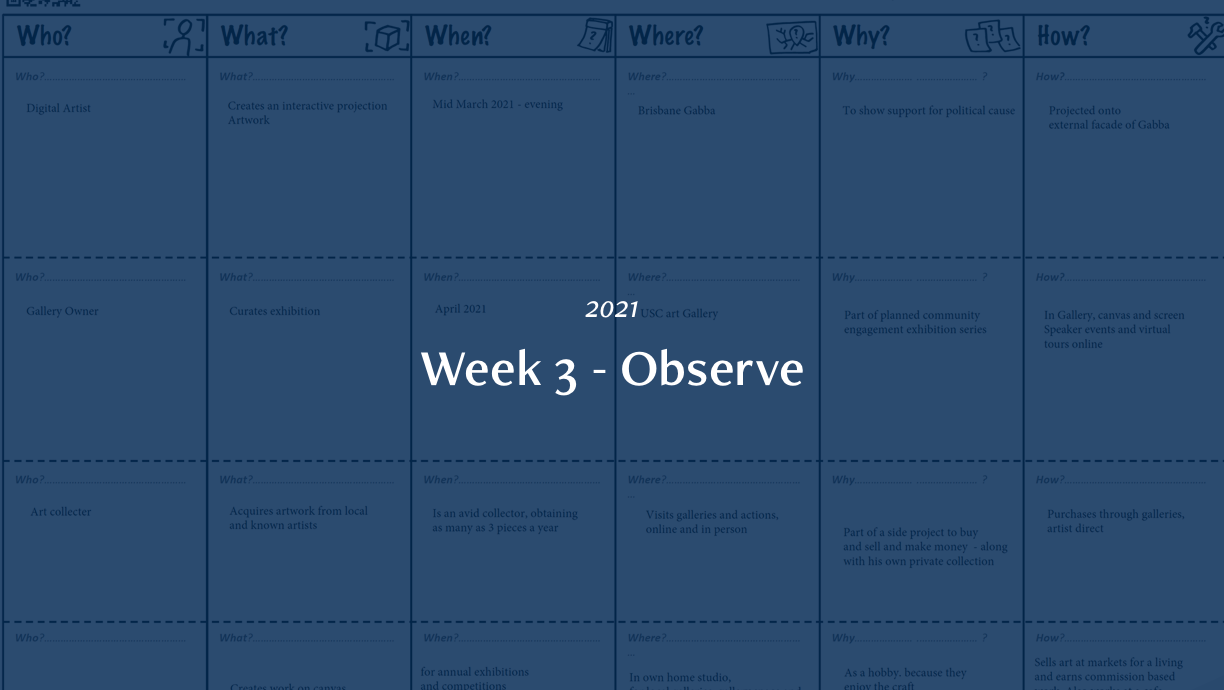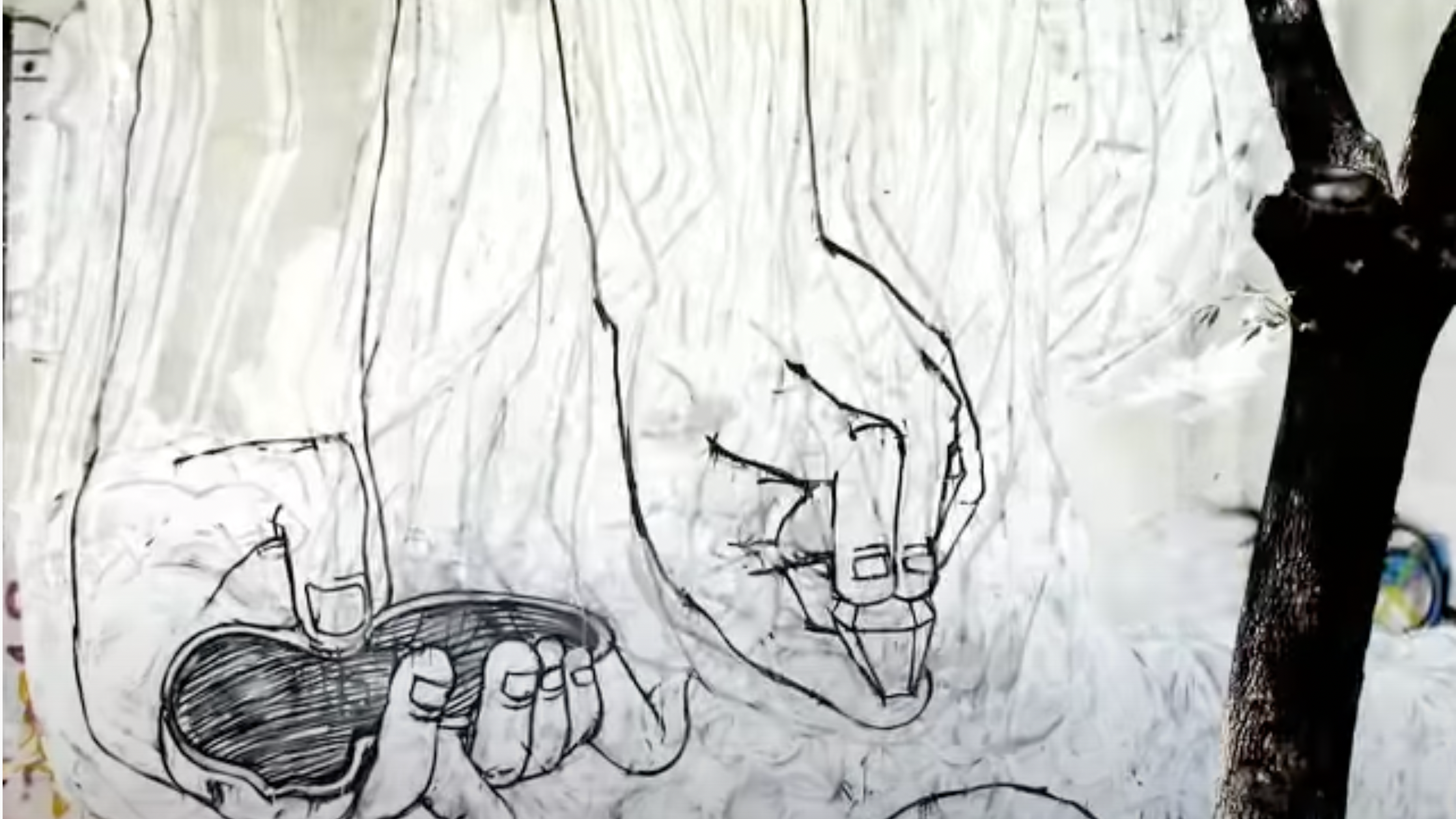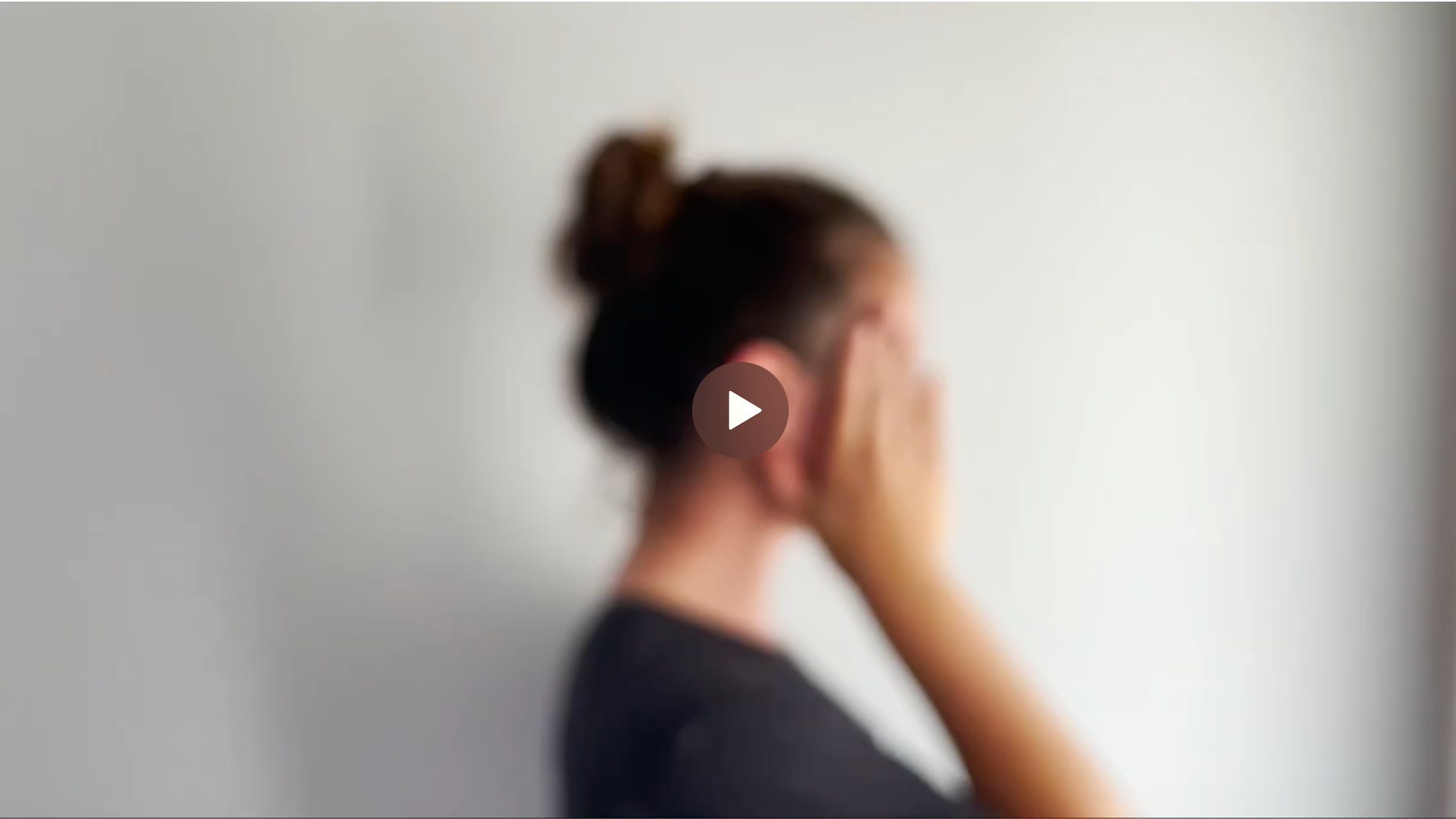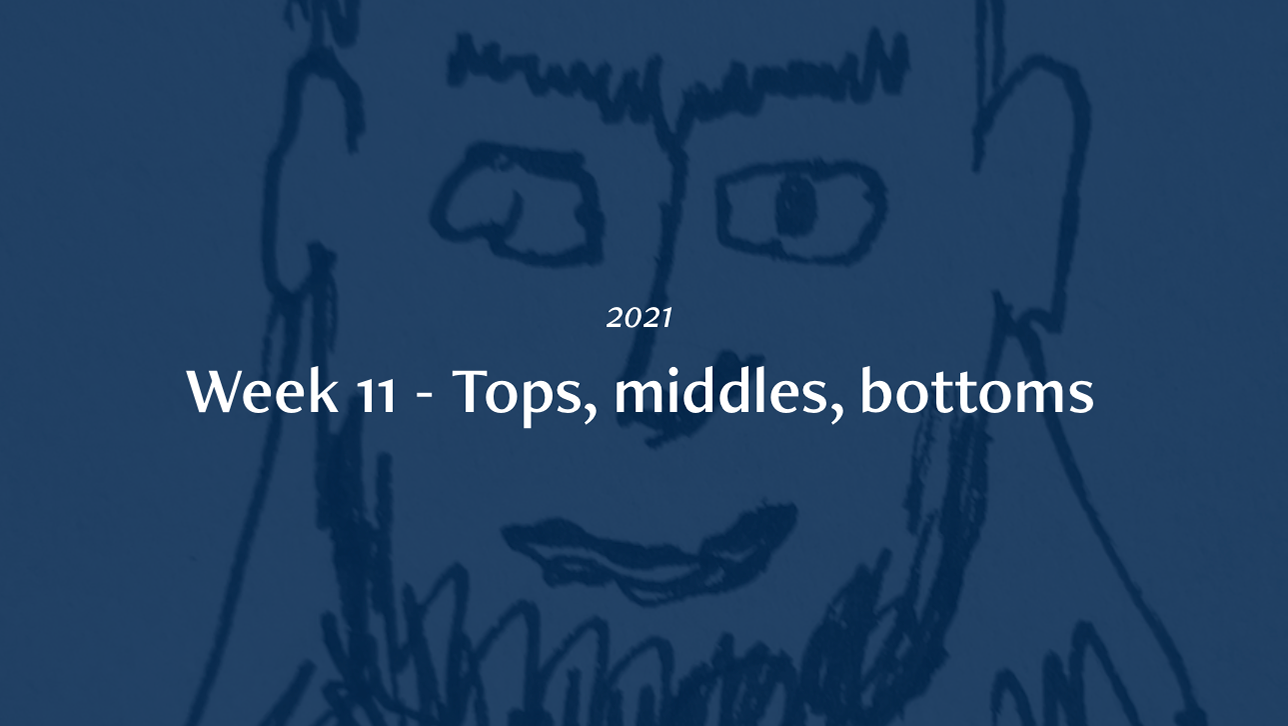Human Centred Design - The Problem with my POV
So this week I realised my blog is more like a journal and even though I had looked at a few peoples a few weeks ago - I now understand I am suppose to be writing about what I am doing as well as showing you. I will have to go back and re-do my weeks 1-4 with more written content.
This week my question about the POV statement was answered in class and it has me really questioning my topic / idea and everything else.
Caroline suggested my HMW statement (HMW give the viewer the same curated experience online as in the gallery) was not human centred enough and that curation was not a human centred problem. I guess you could see it as that although I see curation as user experience which is human centred and so its in the way I word it. I had many goes at trying to backtrack to my POV which had previously been an entire paragraph. At first I refined it far too much Someone needs because... and so no one cared about my someone.
In class activity POV statements
I had some good suggestions from my class mates - it is easier to work on someone else's. The most suggestions given to me were about my person needing to feel inspired, motivated etc... this is why she wanted to access the gallery - This just doesn't fit well with me and as far as I am concerned if you feel the need to be inspired, connected, motivated it is up to the person to seek out things and interactions that fulfil that need. It really is not a problem. Even if you live remotely there are ways of solving these issues so I was wondering what the problem was.
The best POV offered was
Emily lives in a remote part of Australia and is passionate about art and design. She is part of the rural art society and has heard of an exhibition coming to the capital city. It is available online and she is hoping to be inspired and motivated.
The best HMW offered was
HMW we make the online experience feel like a gallery one

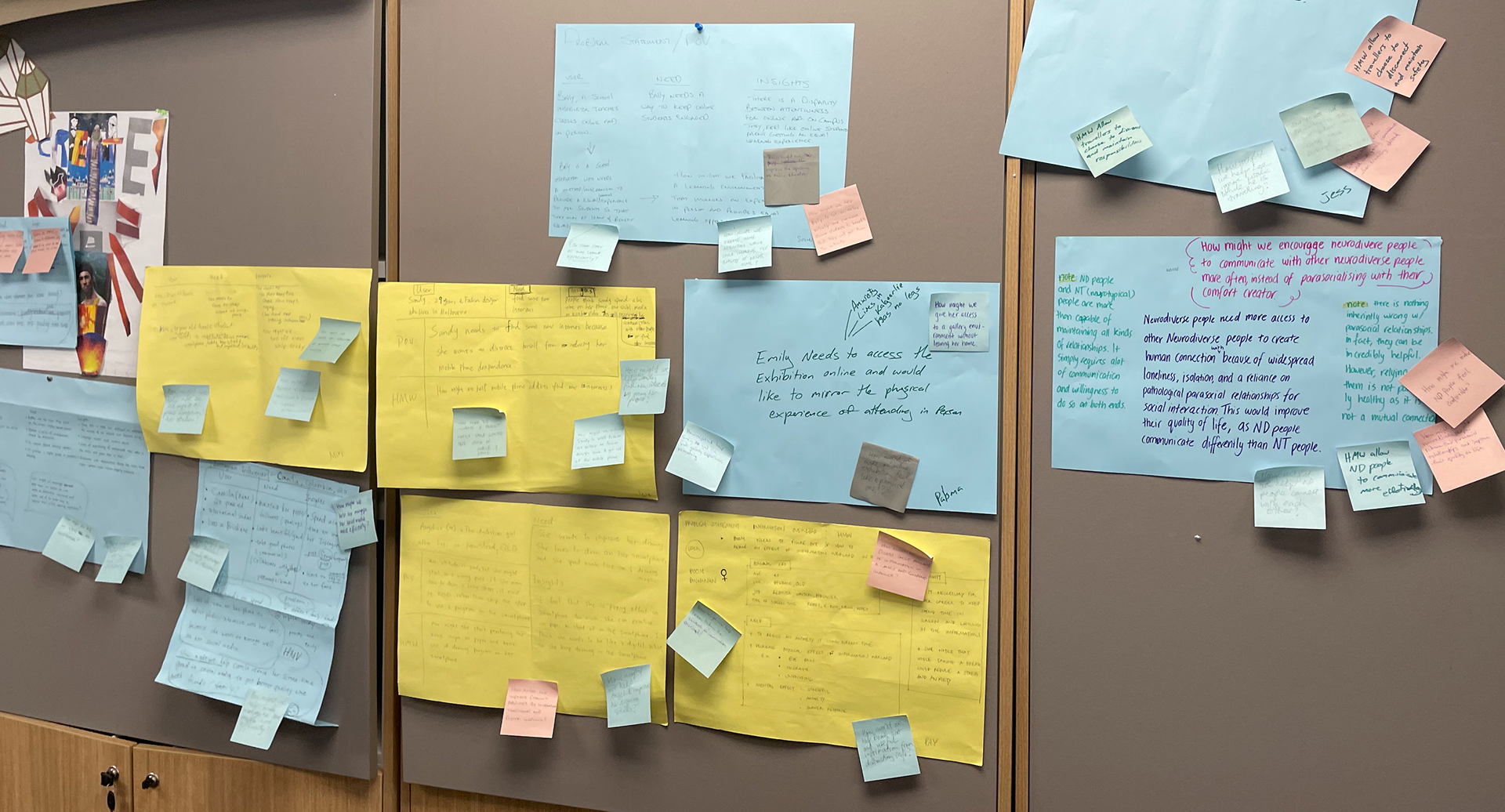
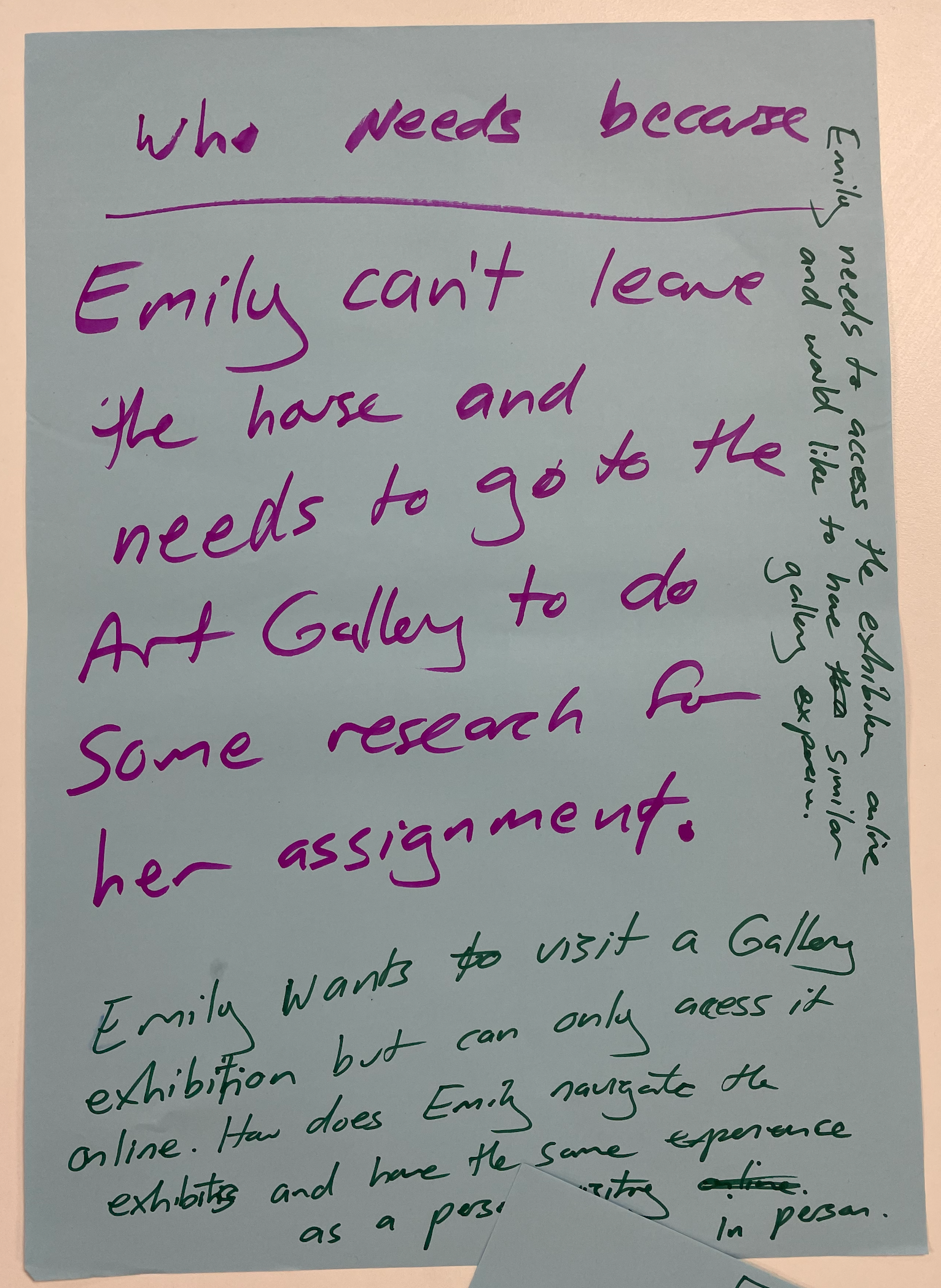
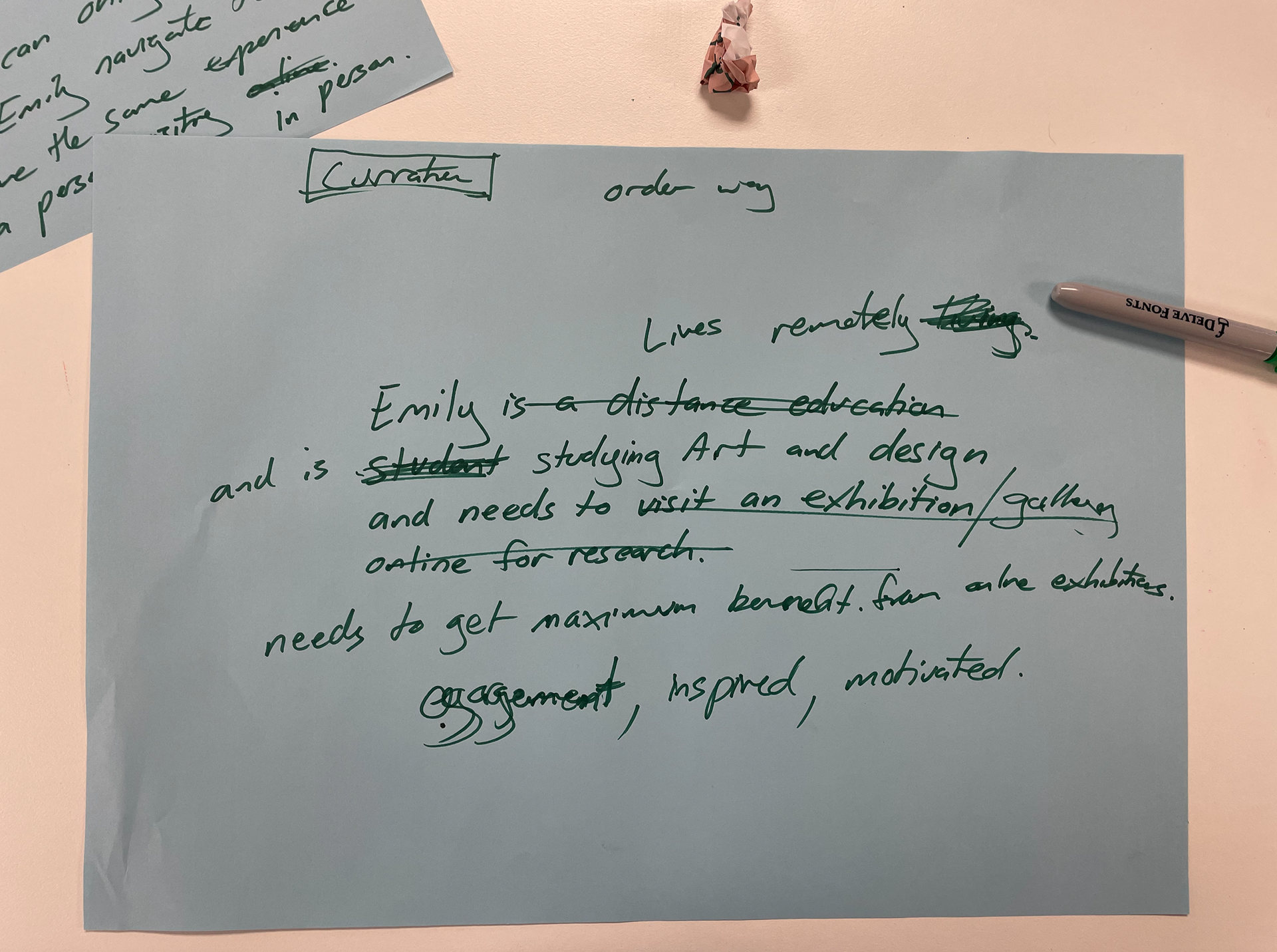
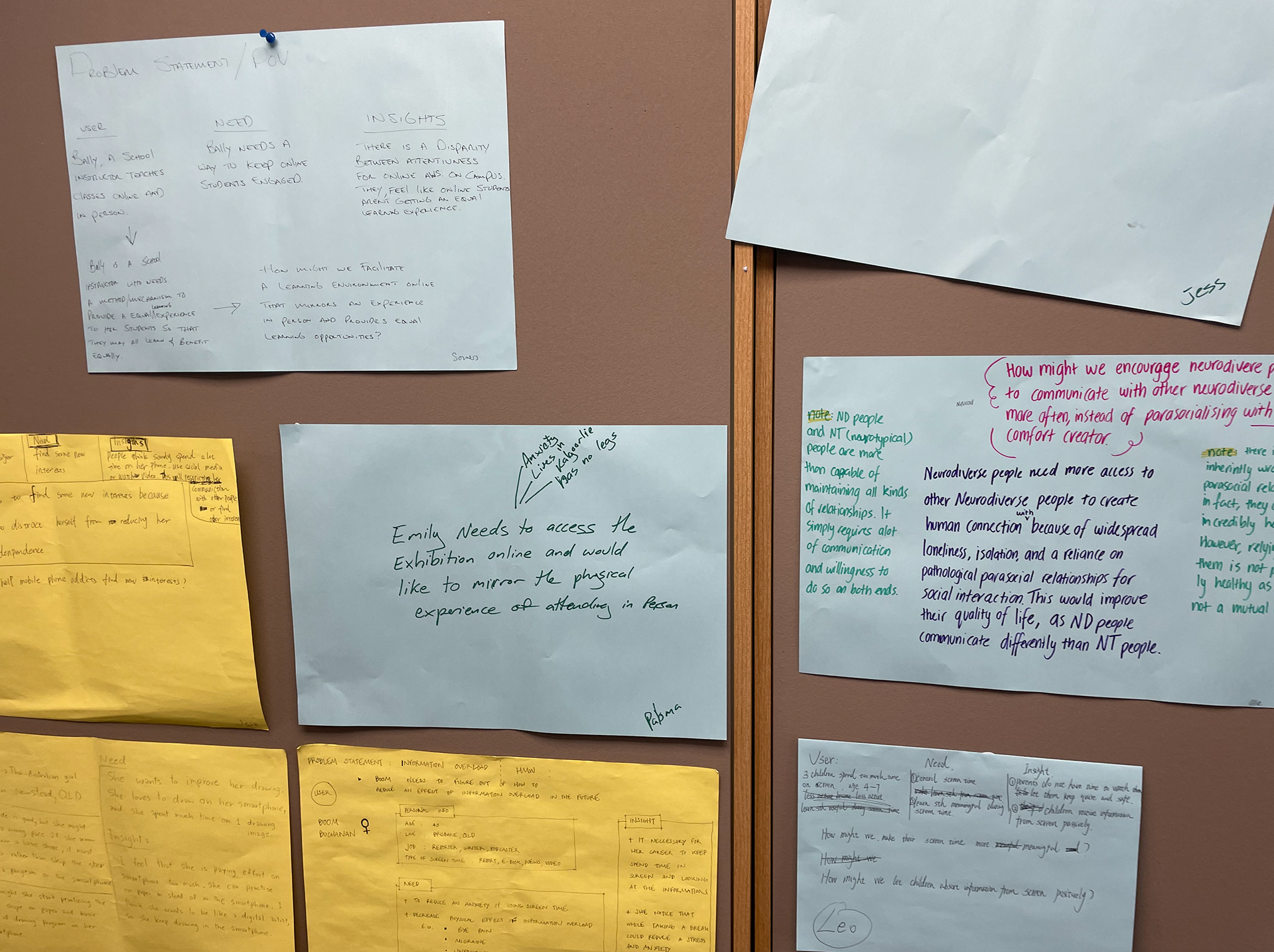
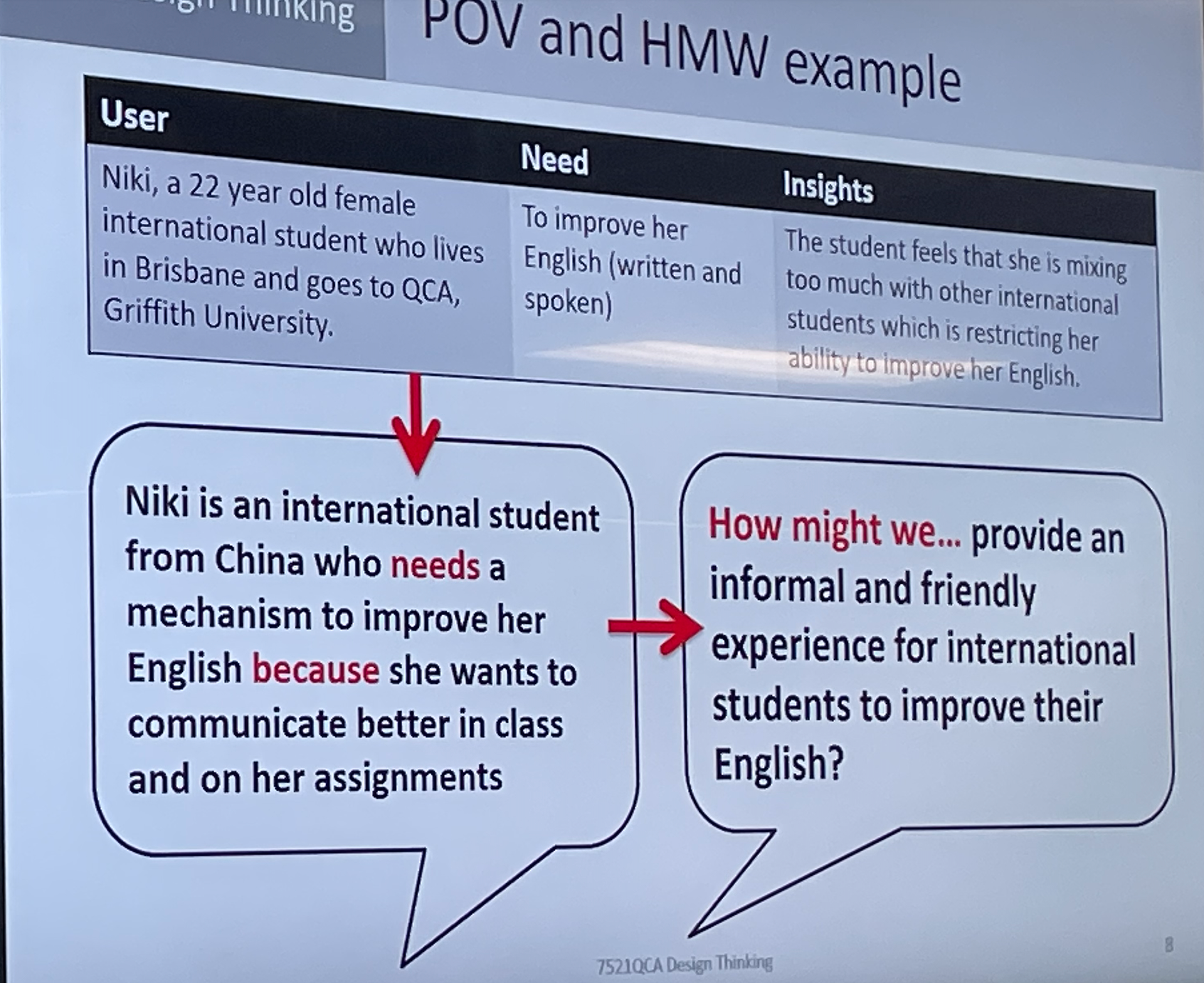
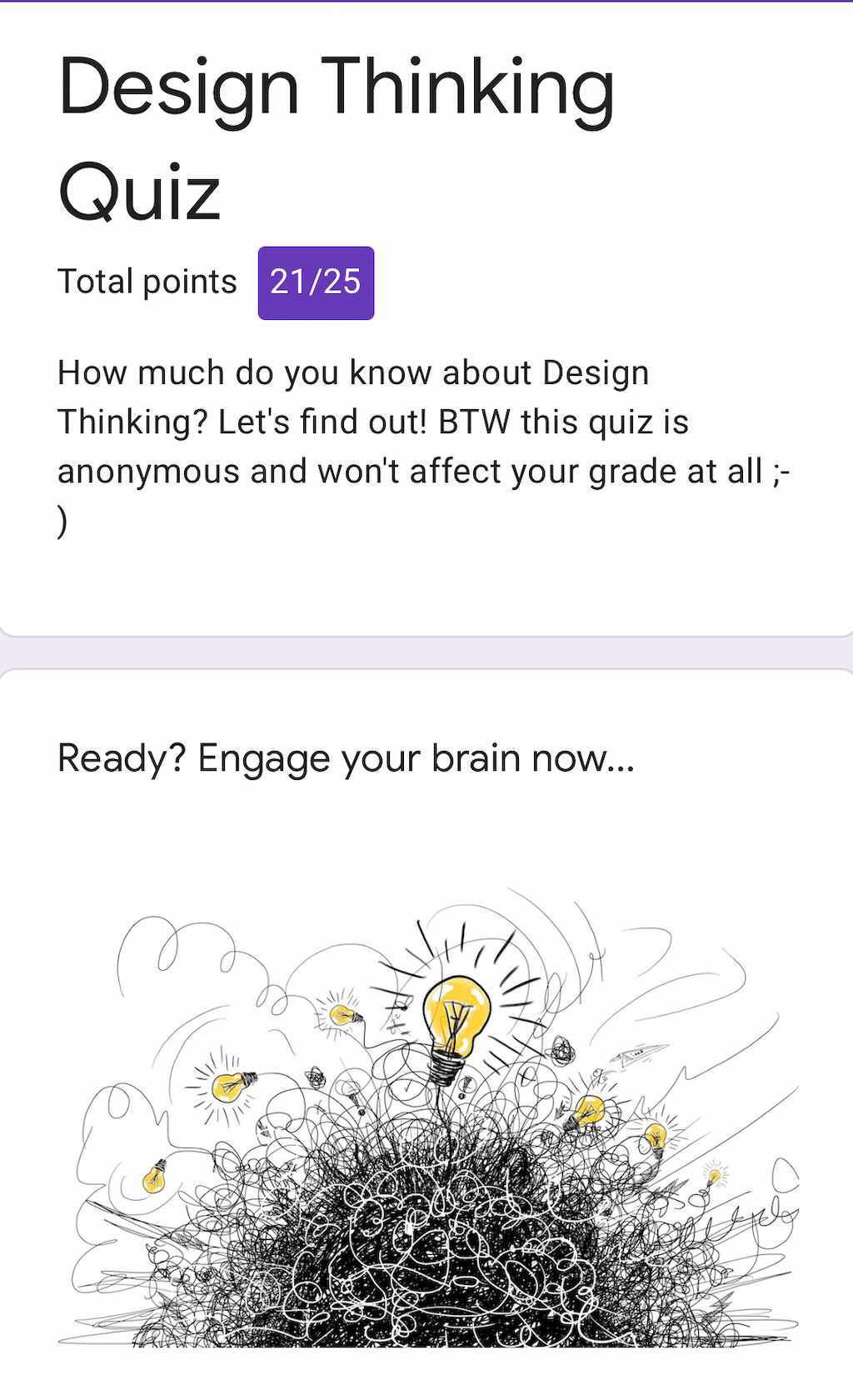
Re-Working the problem
Let's assume people looking a gallery website are there for a reason - I am not trying to solve the problem of why someone would want to look at art. Lal my personas want to look at art. The problem is that they experience the art online in a very different way to a person in a gallery. The physical aspects of high ceilings, space, sound etc are all different and are wicked problems, without simulation you can not replicate this experience. Its like looking at a picture of a tiger as apposed to being on a safari in a truck in India and seeing one in the wild. It takes your breath away and no picture can ever put you in that moment.
So If I go back to week 4 and look at my conference example, or look at concerts, festivals etc (which are extremely similar) we face the same issue there for the persona. They want to be there and they get a different experience looking at a speaker on a screen to being in the audience. It is not inspiration or motivation these people are missing because they are both investing time to either be there online or in person. What they are missing is value and physical emotional engagement. This all came together for me when looking back at my case studies AND also listening to conversations on HACK JJJ about how memories are made "
Why being forgetful isn't always a bad thing - Wed 14 Apr 2021 - https://www.abc.net.au/triplej/programs/hack/hack/13293614" and how physicality connects our brains in so many different ways that the experience becomes more permanent.
So it most definitely is a human centred problem and so the HMW might need to be rephrased as a value proposition. I feel like I understand design thinking but it is hard to implement. Some of the tools given to use I found extremely difficult and Im not sure if its because I am starting with the wrong problem statement or if my problems are too small. I think it's my industry background but design thinking feels exactly like our brainstorming sessions in creative advertising studios.
The best POV offered was
Emily lives in a remote part of Australia and is passionate about art and design. She is part of the rural art society and has heard of an exhibition coming to the capital city. It is available online but the tickets are expensive and she is wondering if it get enough out of it for her investment.
The best HMW offered was
HMW we make the online experience feel like a gallery one
I had to go back to my why's and look at what I was identifying as a problem - of course I just had to add the Simon Sinek visuals :)
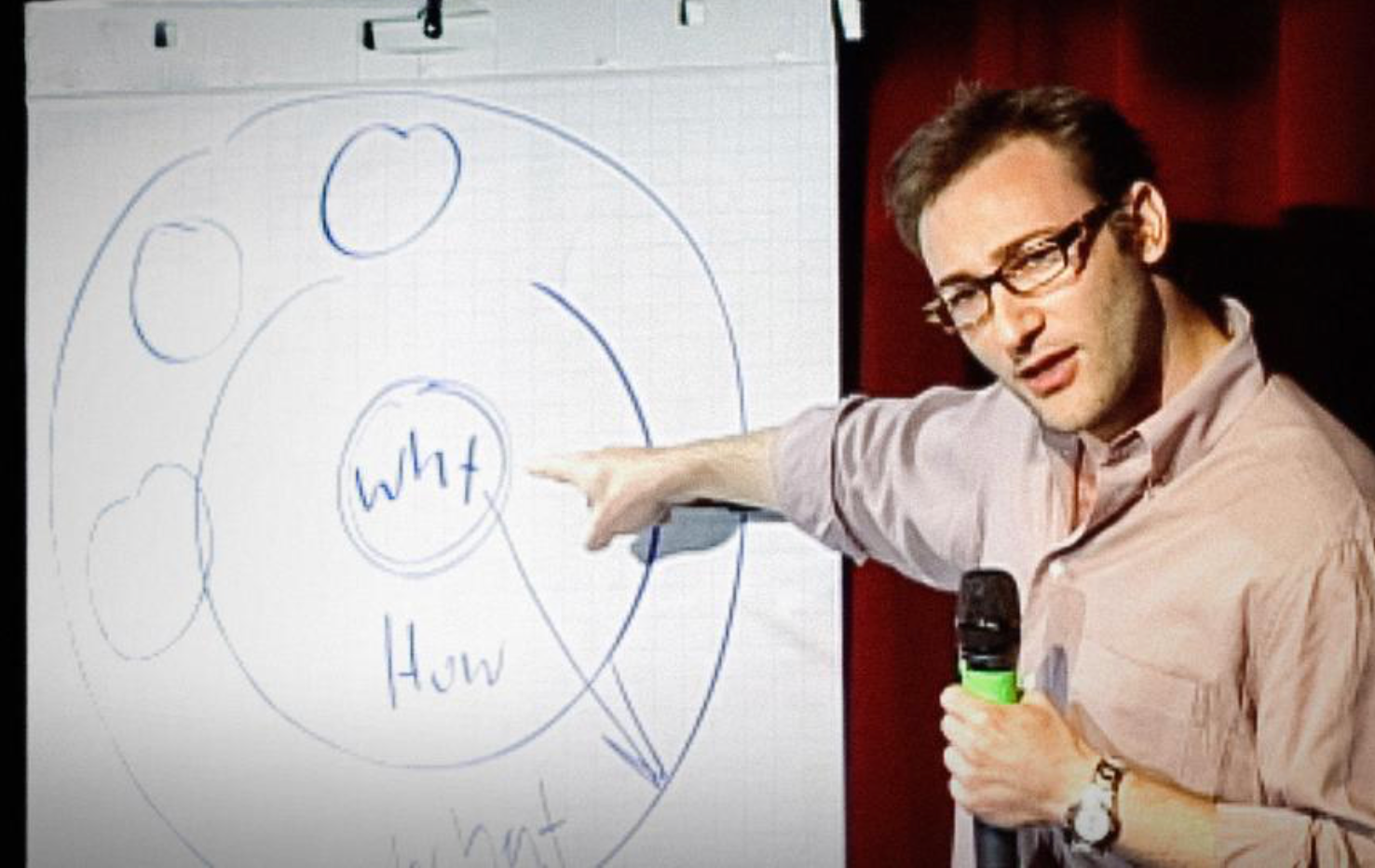
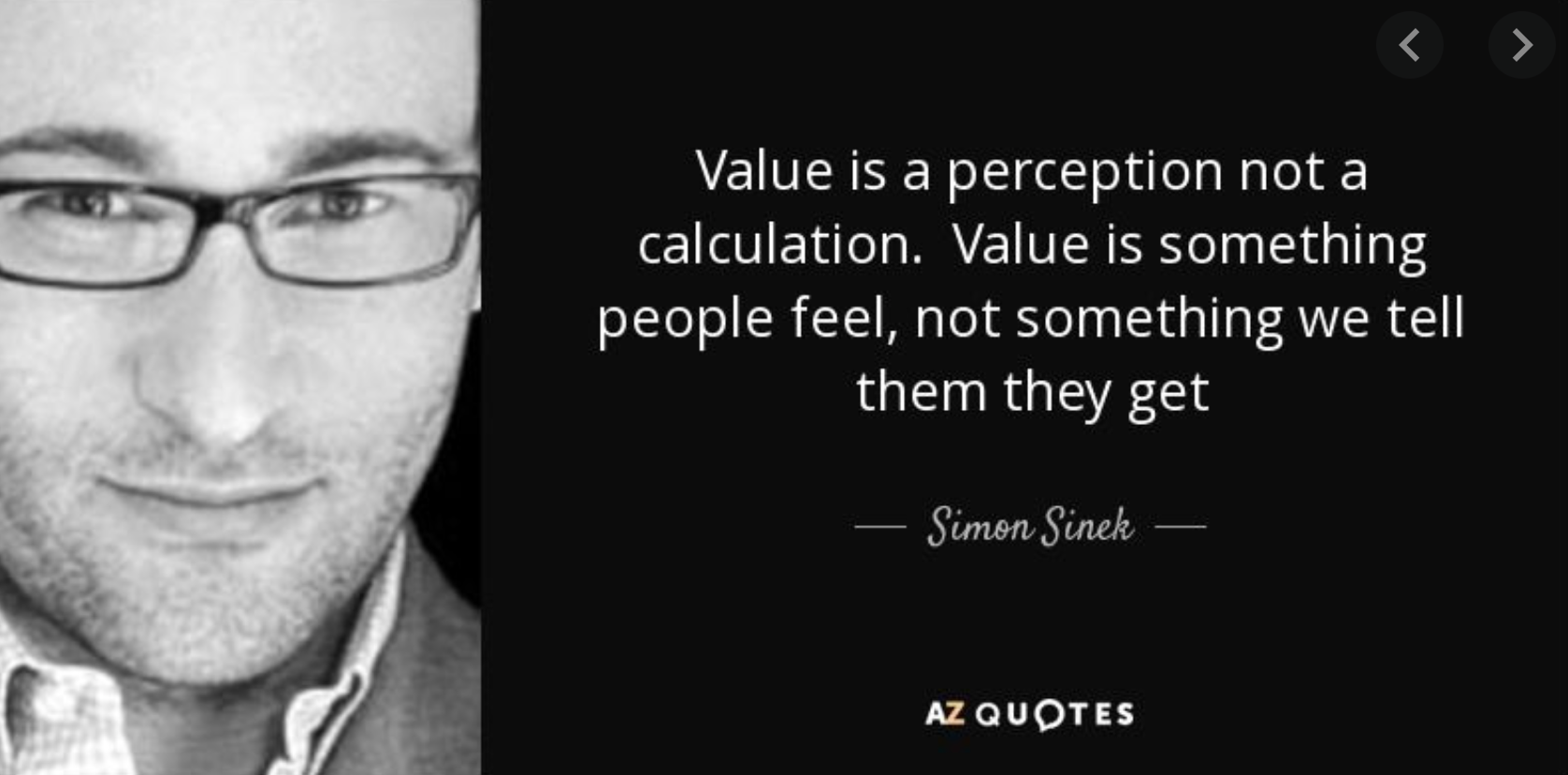
I had begun my poster design prior to week 5 class and I had this idea to do a compare and contrast poster illustrating the problem (see below) but this might now not be ideal and I am a little annoyed at myself for wasting time on this direction.
This idea to make the poster like the gallery experience is probably not going to work now - the online visitor journey around one side and the in person journey around the other - Things like - The tickets could be the personas (belong too) this might be the way of presenting the information. An exit through the gift shop style of design. It would need to be more like an infographic and this will take time which will now be spent on refining and reworking my problems.
HMW we make the online experience feel like a gallery one
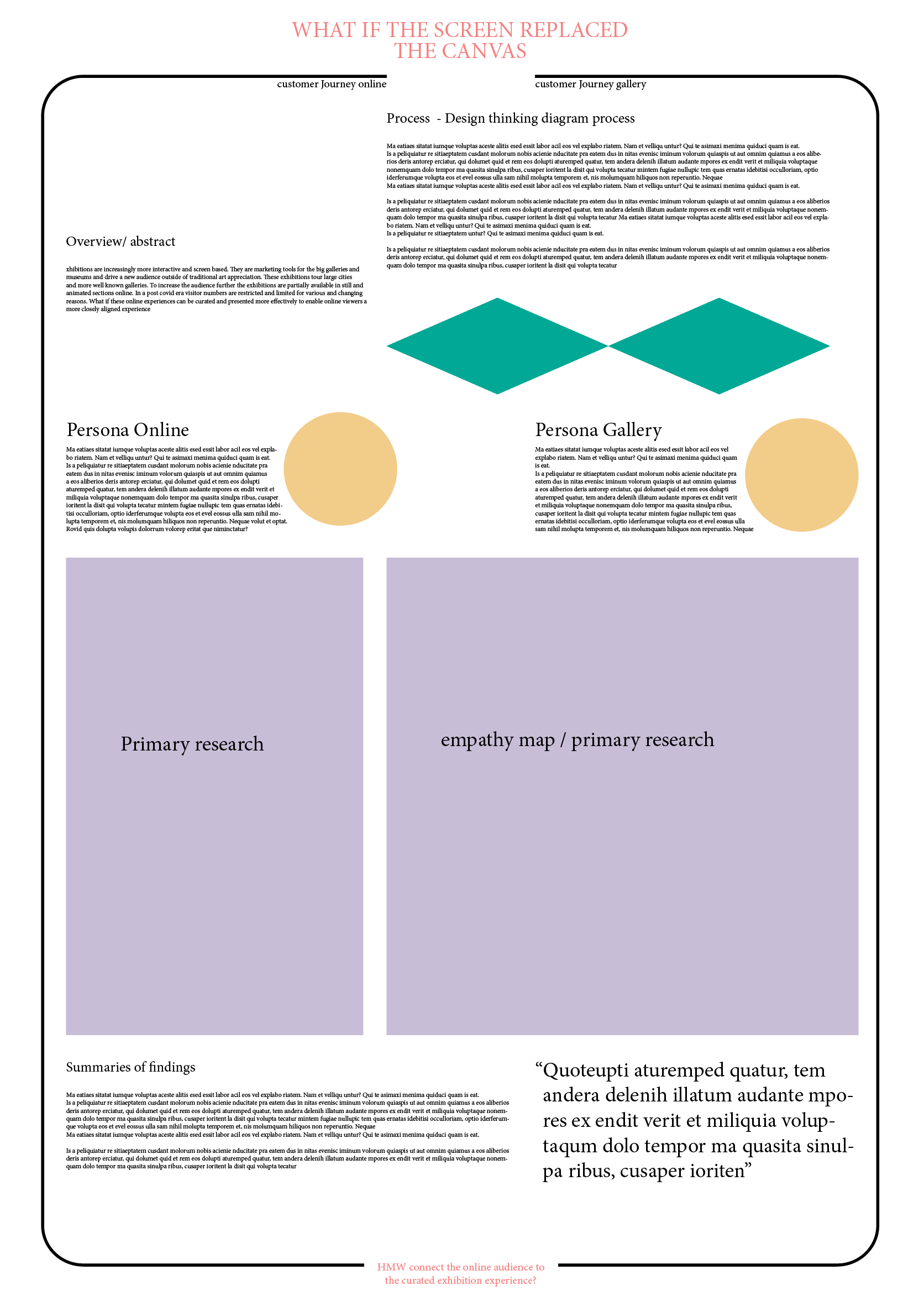
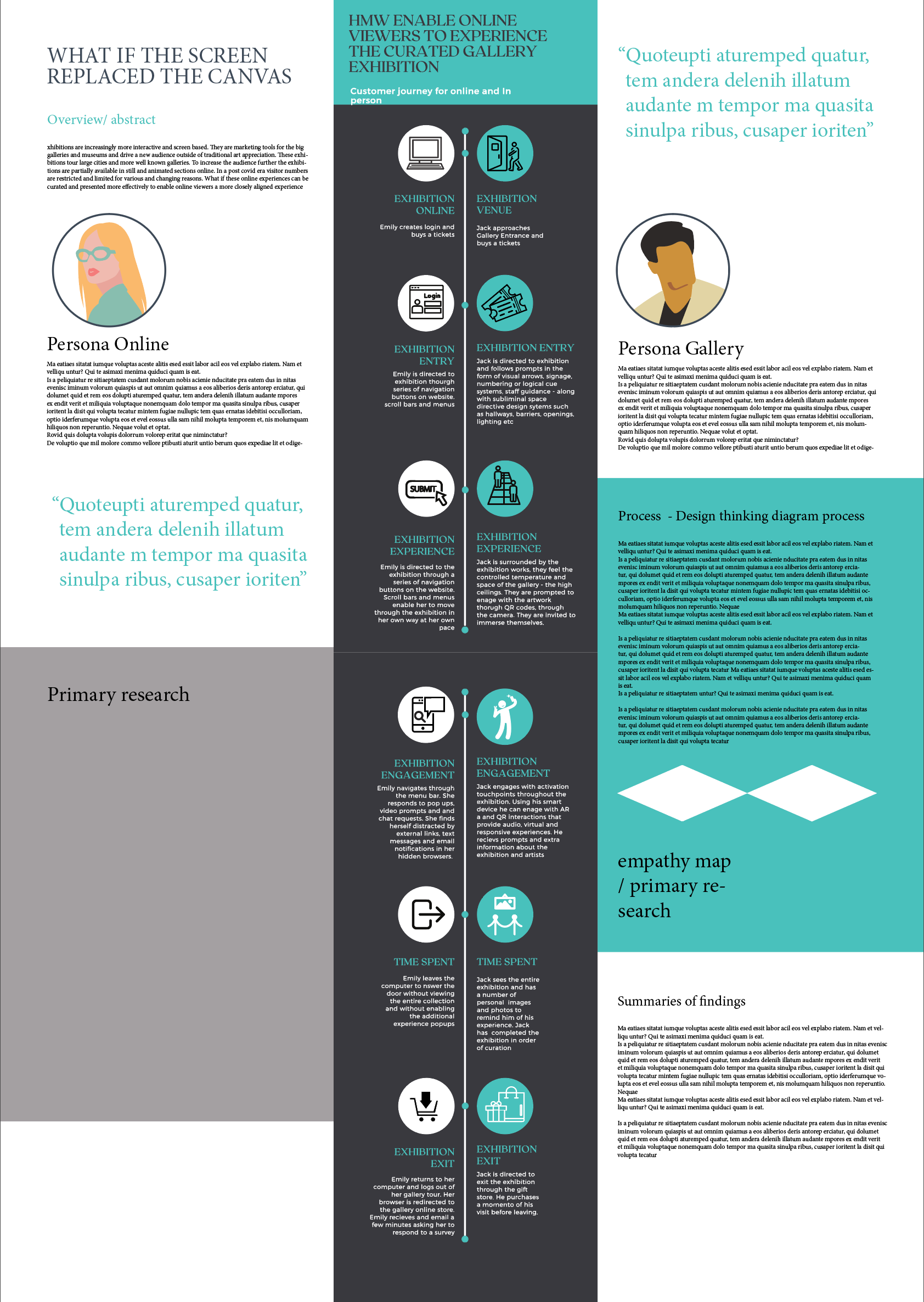
I created my personas by using live trace in illustrator. Emily is me and Steve is my husband - I had bigger plans for this but feel like I need to get moving with the content rather than creating all the elements myself. Their pains and gains were created using insights and primary research from my interviews and survey
Introduction to concept
Think about those times you are hanging out with your friend and a song comes on...They imediately interupt the conversation to tell you that they saw that artist live in concert - they tell you exactly where and what year it was, what they were wearing and how close they were to the stage. They can convey every little detail about experience. It didnt matter that your friend had the album on her ipod and subscribed to the artists youtube chanel. She could watch the concert on Netflix and listen to the music anytime she liked - but probably can't tell you the last time she did. This online access and interaction is clearly not as valued and meaningful as attending the event in person.
